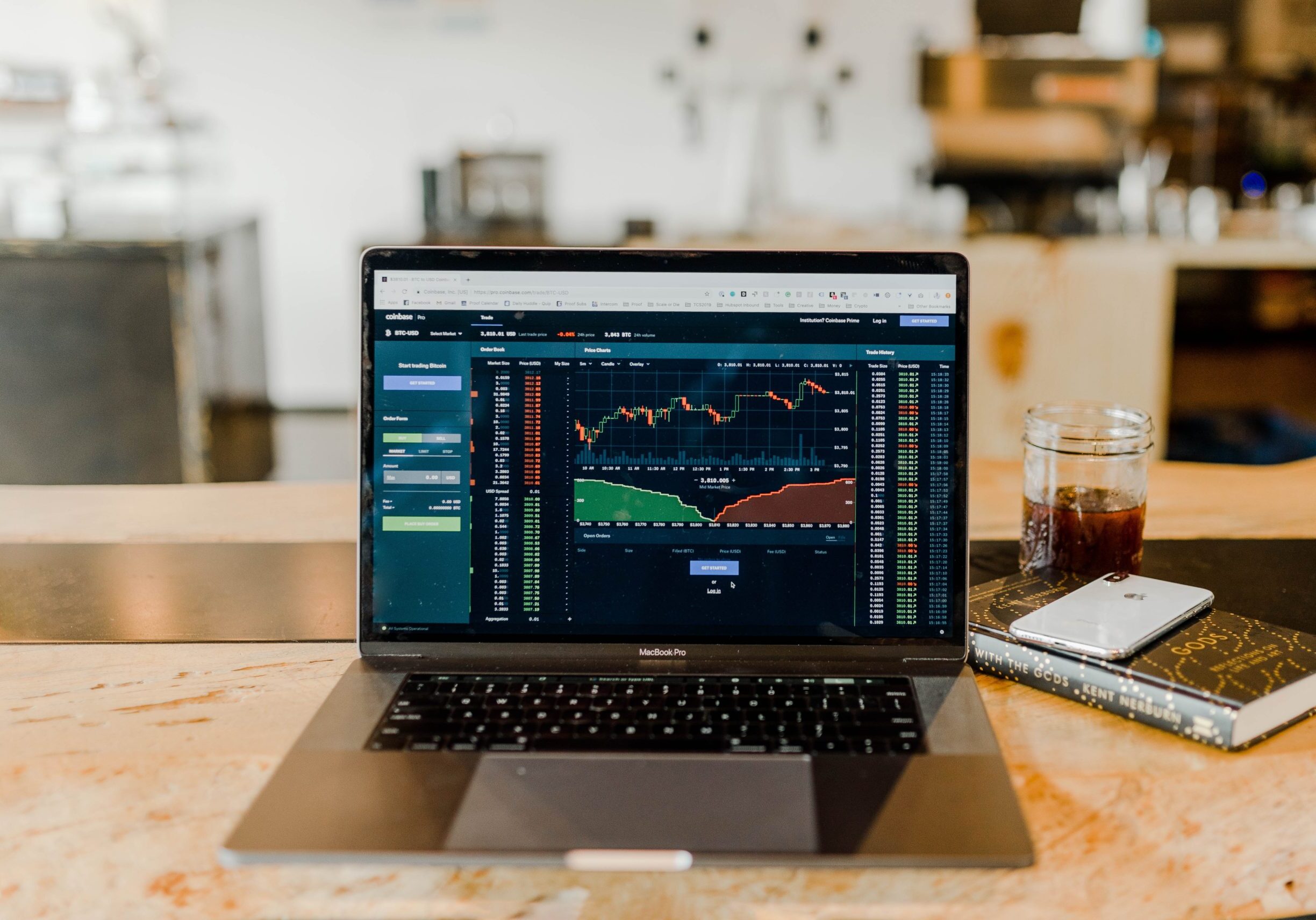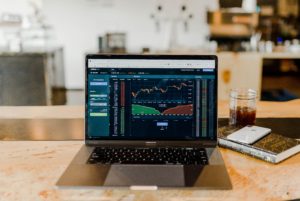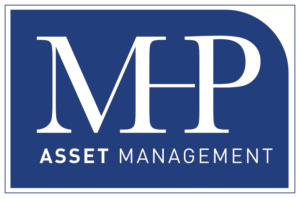If you have ever put money into a mutual fund and discovered that the proclamation of return did not line up with your real return of dollars, then there could be several reasons. The net return could be affected by the fees and commission charged by the fund that can vary between funds, fund companies and share class. But another issue is the manner in which the return is calculated or advertised. This concept not only relates to mutual funds but to overall performance of the markets as they relate to your dollars. Without even calculating any fees or commission you pay, let’s just say you invest $100,000 in a low cost S+P 500 index fund. The first year in the index losses 40%, much like 2008. You now have $60,000 in your account. But then the market snaps back the following year and advances 40%. Well if I lose 40% then gain 40% I should be even, right! Well why do I only have $84,000 in my account? Because a 40% gain on $60,000 is only $24000. So the next year the index is up 10%, sending the 3 year average to a positive number but my account only has $92,400 in it. Following a 40% loss, you would need a 67% return to just get you back to even, OUCH! The math works the same way in reverse meaning that if you started with a 40% gain followed by a 40% loss you still have $84,000.
This is why the lost decade was really 13 years. From the year 2000 until 2013 if you left money in the broad markets including most stock mutual funds you would have had a brief period of time to get out about break- even in 2007, but then we went into another market collapse that bottomed in March of 2009.
Since March of 2009 the equity markets as a whole have not seen a significant correction, while over-due statistically, the Federal Reserve has managed to keep the markets from correcting by offering extremely low interest rates fueling equities (stocks) as the only place for yield or growth.
If you have 20 plus years until retirement then I would not be overly concerned with market risk but look at the fee’s inside your investments. If you have “managed” mutual funds instead of low cost index funds or ETF’s, you are giving your money away to fee’s and expense that is simply not necessary. Not to say it should not be managed, just use low cost vehicles (individual stocks, exchange traded funds) to do so. But if you are getting close to retirement, within 10 years, then I would mitigate the risk in my portfolio and investigate some index crediting methods that capture partial gain but allow for 0 loss with a portion of your money that you will need for retirement income. A laddered bond portfolio with varying maturities and credit quality are other means of mitigating market risk and creating sustainable income.
Talk with your advisor or call my office if you want information about these crediting methods that could change the way you manage your retirement income and potentially your tax burden.
Mark Patterson is Chief investment officer with MHP Asset Management and can be reached at (603) 447-1979 or mark@mhp-asset.com.



























